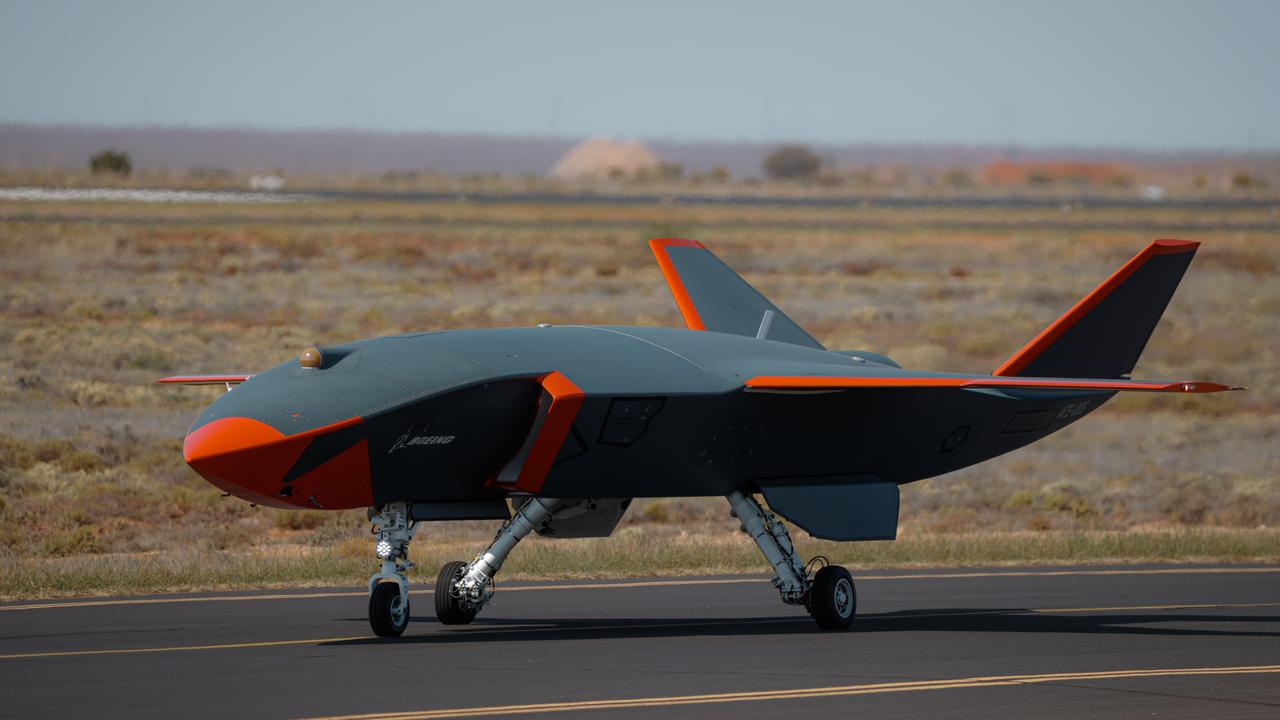Stewardship approach needed for defence workforce
Without intervention Australia simply does not have enough people to fill all its defence industry jobs.

Much is anticipated and speculated about the opportunities and imperatives AUKUS and the Defence Strategic Review need to deliver.
The decisions and commitments the federal government will make with these landmark agreements will drive multi-generational change and opportunity.
New industries will evolve, driven by progressive technology advancements and reliance on integrated information networks.
If the broader defence industry cannot deliver what the government needs, it will not only be a financial problem, it also risks becoming a national security problem.
Further exacerbating the challenge is that with dozens of large projects under way in various locations via multiple contractors, the workforce requirements are unique and geographically diverse.
A workforce with the right skills at the right times is fundamental to a successful Defence capability.
With Australia facing a scarcity of talent – and more so with the specific skills needed for the defence industry – simply relying on appropriately skilled and educated people to be available and seeking employment is no longer sufficient.
As unemployment continues at near 50-year lows across Australia, we must address how our nation can ensure its workforce availability and preparedness aligns with industry requirements to create a pool of talent with the right skills at the right time in the right locations – now and into the future.
Without intervention Australia simply does not have enough people to fill all our jobs.
This clearly identifies our current and future workforce as a vital strategic asset.
Australia must urgently take a greater national approach to skilling and workforce planning and management in the defence industrial sector.
Greater importance must be placed on understanding how we (the defence industry), as an enterprise, can ensure the workforce required to sustain our vital capabilities is available with the right skills, at the right time, to support Defence’s needs and protect our country.
It is a complex task to map exactly what jobs and skills will be needed, in what volumes, in which geographies and at what times.
Added to this is that it is not enough to simply know the skills required – we must also clearly understand the proficiency required and the years of experience for each phase of these critical projects.
Historically, it has been assumed that workforce shortages will solve themselves by relying on increased skilled migration or greater investment from the training and education sector.
The nationwide skills shortages we currently face are ultimately the result of this hands-off approach.
By taking a stewardship approach to workforce, including engaging partners uniquely skilled in workforce planning and skilling – such as KBR – we can mitigate the risk of workforces not being available to support and deliver to the operational requirements of our Defence Force.
We can use this stewardship approach to reduce the competition for skills and people between companies and to implement a workforce sharing model that enables people with relevant skills and experience to transition across projects as demand requires.
Further, this enterprise-wide stewardship reduces the risk and cost of acquiring the skills required to sustain and deliver Defence capability, along with supporting other key Australian industries drawing from similar talent pools, including mining and infrastructure.
It’s not an overnight solution, and requires enterprise-wide support, but by taking the right steps now we can focus, persevere, and ensure Australia’s success on this multi-generational journey.
Rob Hawketts is vice president of government solutions Asia Pacific at KBR.


